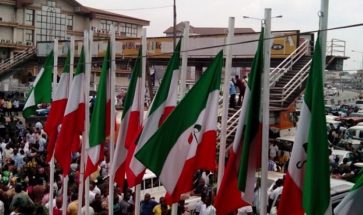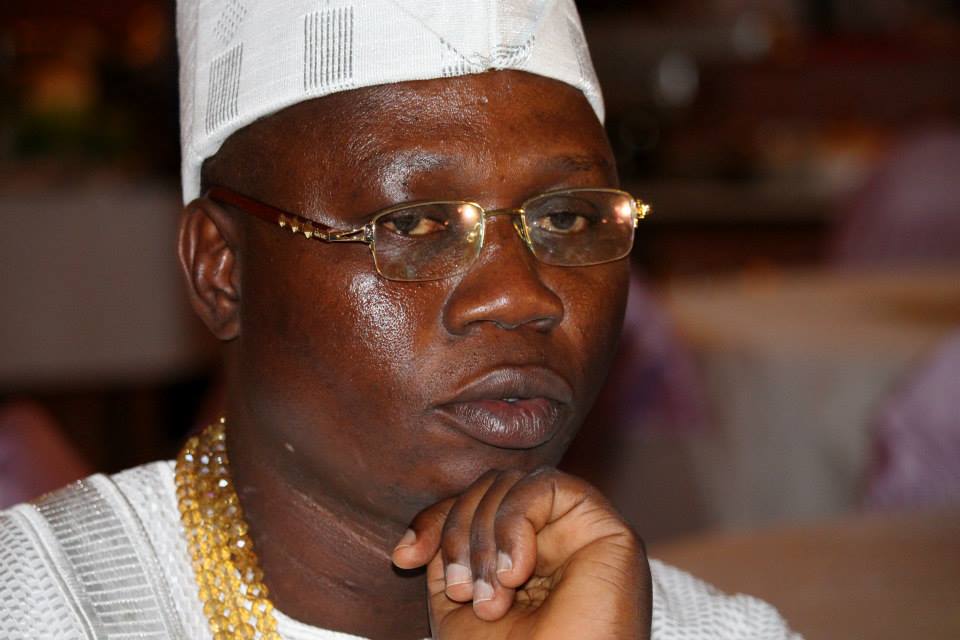I have come to know that death is an important thing to keep in mind, not to complain or to make melancholy, but simply because only with the honest knowledge that one day I will die can I ever truly begin to live. ~R.A. Salvatore
I always look forward to the third Sunday of every month because of the coffee morning that follows after the church service. The congregation will gather at the old parish rectory to fellowship together and enjoy some light refreshments. I never seem to have enough of my favourite, the homemade savoury almond flapjack by Sally the churchwarden.
But on this Sunday my day was rather made by the wonderful sermon I heard. You know the kind of story that remains evergreen for life. I will try to replicate it as best as I can.
Now, whenever we hear the term kamikaze what immediately comes to mind is the story of the Japanese suicide pilots who attacked Allied warships in the Pacific Ocean during the Second World War. Many are uninformed about the origin of the name which actually translates to “divine wind” in Japanese. I happen to know this because I am a great fan of Genghis Khan so I do know a bit of Mongolian history.
Genghis Khan is perhaps the greatest Emperor in history who conquered most of Eurasia in the 13th century and bequeathed the largest empire to his offspring. His grandson Kublai Khan, however, wanted to conquer Japan which along with Vietnam were the only places that were not in his command then. So in 1281, he assembled an imposing armada of over 4,000 ships with about 150,000 Mongolian troops to invade Japan.
Unfortunately for them and fortunately for the Japanese, the mission ended in catastrophe when a massive typhoon hit the men at sea, drowning many and destroying much of the fleet. It is believed that the few who made it to the shores of Japan were killed by the samurai.
That typhoon became known as the “kamikaze or divine wind” and that is where the elite suicide pilots of WWII derived their name from. Many of these pilots were volunteers and one young man named Masanao was in line to be recruited. In his teens, he was finishing at the naval academy and often dreamt of joining other brave soldiers who were fighting the enemy. He was dedicated, ready, and willing to die for the emperor in a sacrifice which he believed as many would ultimately deliver victory to Japan.
But it wasn’t to be, it never happened because he was not destined to die, at least not in that way and most definitely not then.
As fate would have it America delivered what proved to be the final blow by detonating two atomic bombs in Hiroshima and Nagasaki with a space of three days. It was too much for the empire, Japan surrendered and our friend was rather dispatched with his colleagues to recover the dead and injured.
He understood why they were chosen to do that work in the radioactive area. Being in line to volunteer for suicide missions it was only natural that they will be asked to do the life-threatening job. What he could not understand, however, was the fact that many Americans were also volunteers working alongside them.
The young man just couldn’t piece together the fact that a few days ago their countries had been on the opposite ends of a bitter war with young men willing to die just to inflict pain on the other side but now working side by side to recover bodies in an injurious zone with some Americans willing to take greater risks than he would dare.
Soon after the war, he returned home to take care of his sick mother and inquired further to learn that the Americans who worked with them were Christian missionaries. The Japanese can be very curious, so in that manner, he decided to study more about this so-called Christianity. Like many who did he ended up being converted and took the baptismal name of John.
He then started studying theology and was eventually ordained as a priest. He dedicated his life to serving God and humanity across various parishes and rose to become the Bishop of the Diocese of Hokkaido, an island in the northern region of Japan. When he was finally made a Primate he served some years and perhaps now bored with regular clergy work he decided to retire and guess what he did?
John joined the Anglican missionaries and relocated to East Africa where he helped in many humanitarian works. On his many trips across the globe, he was in Ireland for a conference in 1973 where he met the narrator who is the visiting priest at my church today. They built a great friendship and he said that John visited a number of times subsequently. He particularly loved children and would devote a lot of hours to teach them in a playful manner.
He eventually died of cancer in 2002 and in one of his posthumous manuscripts titled “The Road to Peace that I followed”, he detailed how his personal experience of the Second World War led him to Jesus.
Today’s sermon reminds me of the resurrection. It is one I will live to remember because The Rt. Rev. John Masanao Watanabe practically rose from death to life.






